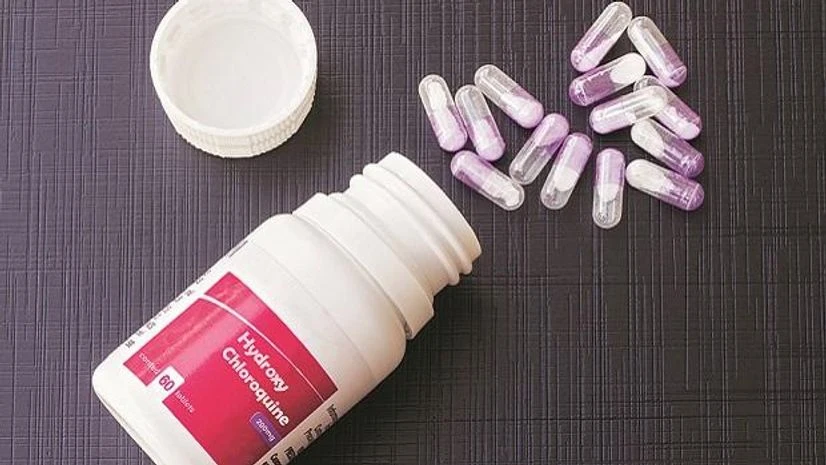What is herd immunity? 10 most commonly used terms amid coronavirus scare
Here's your guide to frequently used coronavirus-related terms
)
When the source of origin of the infection in a community is unknown, the region is said to be facing community transmission of the disease. India's first sero-survey to monitor the trend of coronavirus infection transmission found that 0.73 per cent of the 26,400 people surveyed from about 65 districts were exposed to coronavirus. AIIMS former director Dr M C Mishra said there is no doubt that there has been community transmission in several parts of the country.
When a large population gets infected and builds up an immune response with time, it is known to have developed herd immunity. Dr Prasun Chatterjee, Associate Professor, Department of Geriatric Medicine, All India Institute of Medical Sciences (AIIMS) told ANI, "This pandemic cannot be overcome by thinking that tomorrow we will have herd immunity. Herd immunity has failed in the UK. There is no point in saying that India has developed herd immunity. We have tried to contain the virus through the lockdown."
Monitoring close contacts of infected people to prevent further transmission of the disease. The process is bifurcated into three steps: Identification, Listing, and Follow-up. To reduce the case fatality rate, the officials were briefed on measures that include prioritising high-risk and vulnerable segments like elderly people and people with comorbidities while contact-tracing to prevent deaths.
Not every Covid-19 infected person shows symptoms such as fever, dry cough or even tiredness, et al, and therefore are identified as asymptomatic. As much as 45 per cent of people infected by the novel coronavirus behind the ongoing Covid-19 pandemic never show symptoms of the disease, according to a review of studies which suggests that the virus may silently damage the bodies of these asymptomatic individuals.
A specific geographical area where positive cases of coronavirus are found. Recently, Union Home Minister Amit Shah said that a comprehensive health survey of every person would be conducted in the containment zones of the national capital to check the spread of coronavirus.
Services that people rely on in everyday life including healthcare operations, pharmacies, grocery stores, banks, security among others are considered as a part of essential services.
Keeping the single-day cases at a manageable level through collective measures help is often described as flattening the Covid-19 curve. At present, India’s 5-day moving average of daily rate of addition to total cases stands at 3.7 per cent. While, the country's doubling time for total cases has increased to 19.7 days, and that for active cases has reduced to 27.9 days.
This anti-malarial drug is widely used in the treatment of Covid-19 patients, besides remedesivir. However, a major clinical trial suggetes that the drug had no benefit for patients hospitalized with Covid-19, likely closing the door to the use of the highly publicised medicine in the sickest patients — a use for which it was widely prescribed as the pandemic hit the U.S.
Time elapsed between exposure to a pathogen and when symptoms and signs are first apparent refer to an incubation period. In a typical infectious disease, the incubation period signifies the period taken by the multiplying organism to reach a threshold necessary to produce symptoms in the host.
Personal protective equipment (PPE) is protective clothing, helmets, goggles, et al, designed to safeguard the wearer's body from injury or infection. However, the PPEs are to be used based on the risk profile of the health care worker.
More From This Section
Don't miss the most important news and views of the day. Get them on our Telegram channel
First Published: Jun 15 2020 | 1:10 PM IST


)